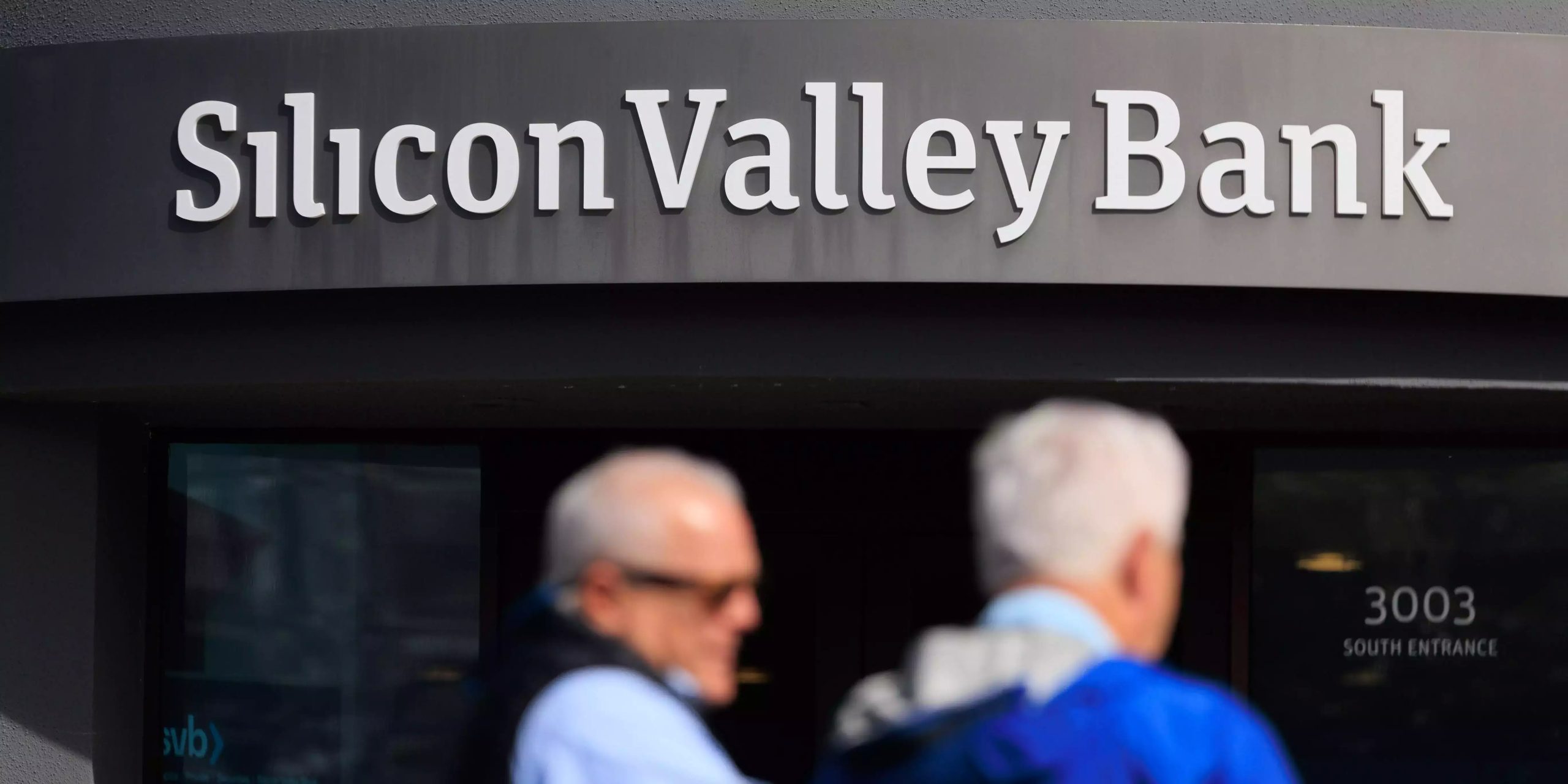“US banks are sitting on a ticking time bomb,” says business expert Pierre Herubel. The article reports that US banks are facing an estimated $650 billion in unrealized losses from their bond holdings due to a surge in interest rates over the past 18 months. This has led to a series of bank failures this year. The banks have been grappling with the fallout of buying trillions of dollars of low-yielding Treasury bonds before the Federal Reserve’s aggressive interest rate hikes. As a result, the value of these bond holdings has plummeted, and the banks are now faced with navigating how to prevent these unrealized losses from becoming realized.
The article delves into how banks found themselves in this $650 billion mess, as well as how they can defuse this balance sheet bomb to avoid another financial catastrophe. It explains that consumers, flush with cash from stimulus checks and spending less during the COVID-19 lockdowns, poured their excess savings into US bank deposits. The banks then invested these deposits in low-yielding government debt. As interest rates started to surge, bond prices plummeted, leading to a spate of bank failures and one of the biggest market crashes in history. The resulting plunge in bond prices has led to an estimated $650 billion in unrealized losses held by banks. Bank of America alone had $131.6 billion in unrealized losses at the end of the third quarter.
The article also highlights three scenarios banks can consider to prevent losses from being realized. These include holding onto low-yielding debt until it matures, selling low-yielding debt and reinvesting the proceeds in higher-yielding bonds, or having the value of their bond assets increase and unrealized losses decrease if interest rates move lower. It is also noted that the Federal Reserve will closely monitor any resurgence of risks in the banking sector and can offer emergency funding arrangements to prevent another banking crisis from spiraling out of control.
Finally, the article explores the implications for the banking sector, pointing out that banks are in a tough spot as they manage their multi-trillion dollar pile of low-yielding debt. It highlights that the sector’s stock performance is poor, down about 20% year-to-date, reflecting investor concern about the situation. It is clear that the banks need to find a way to escape the current period without realizing any losses to restore investor confidence.

I have over 10 years of experience in the cryptocurrency industry and I have been on the list of the top authors on LinkedIn for the past 5 years.

